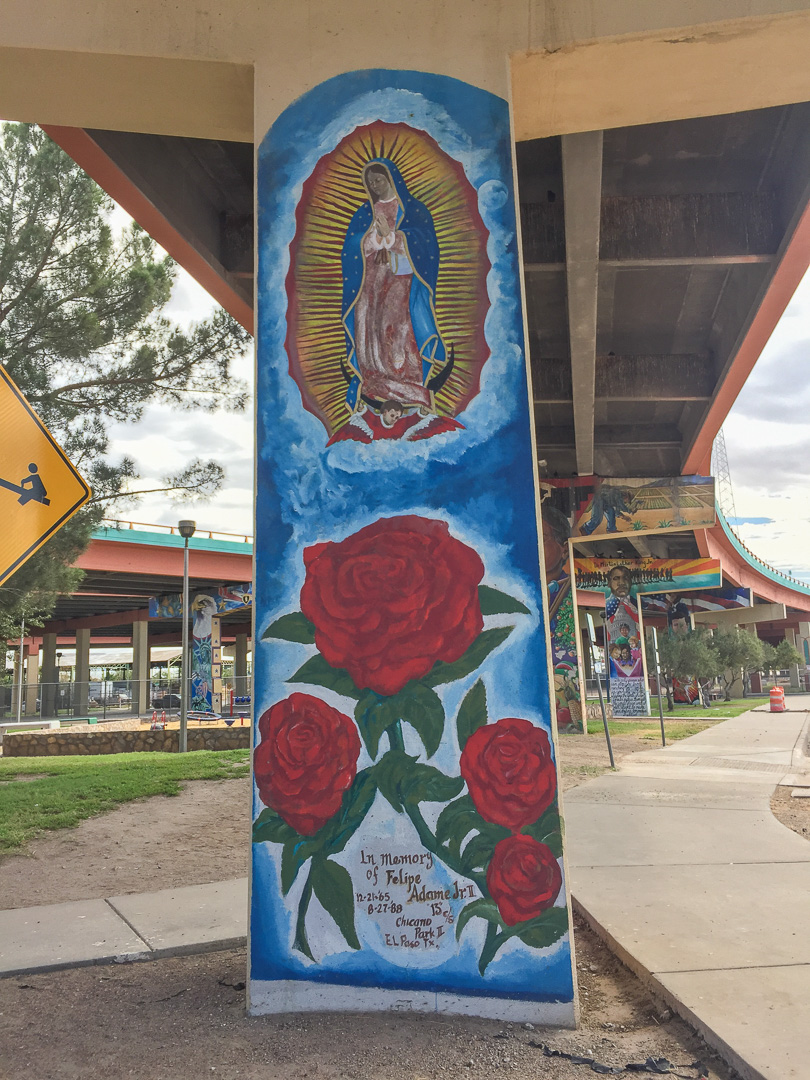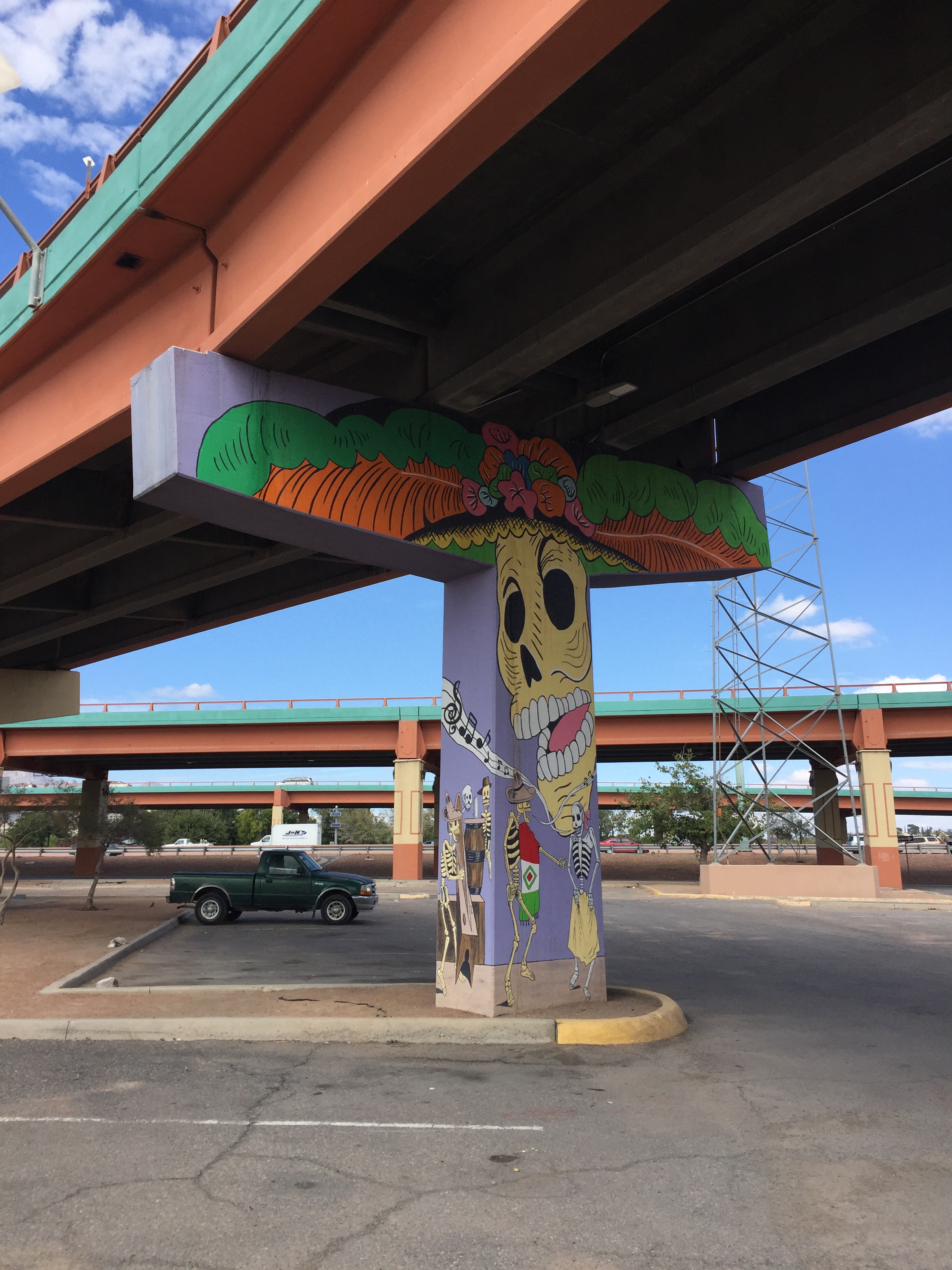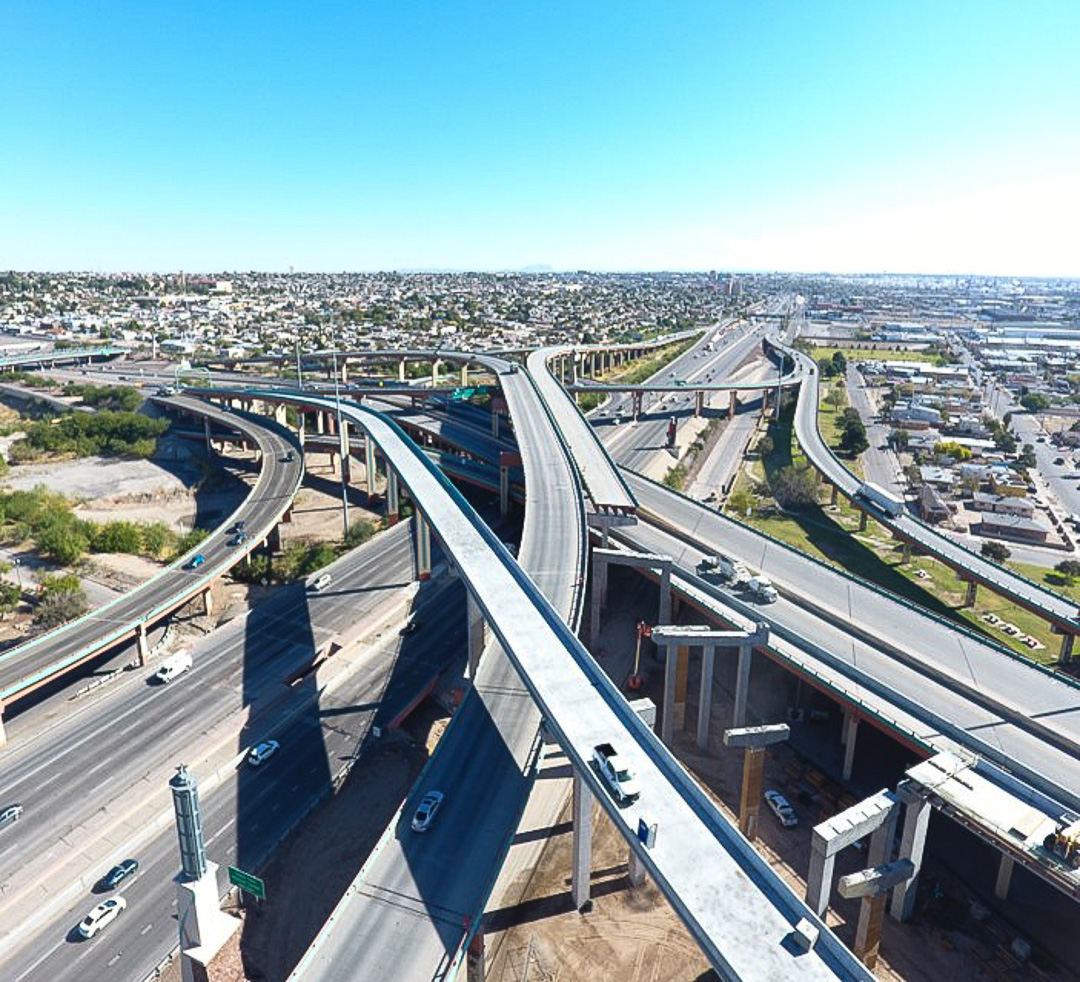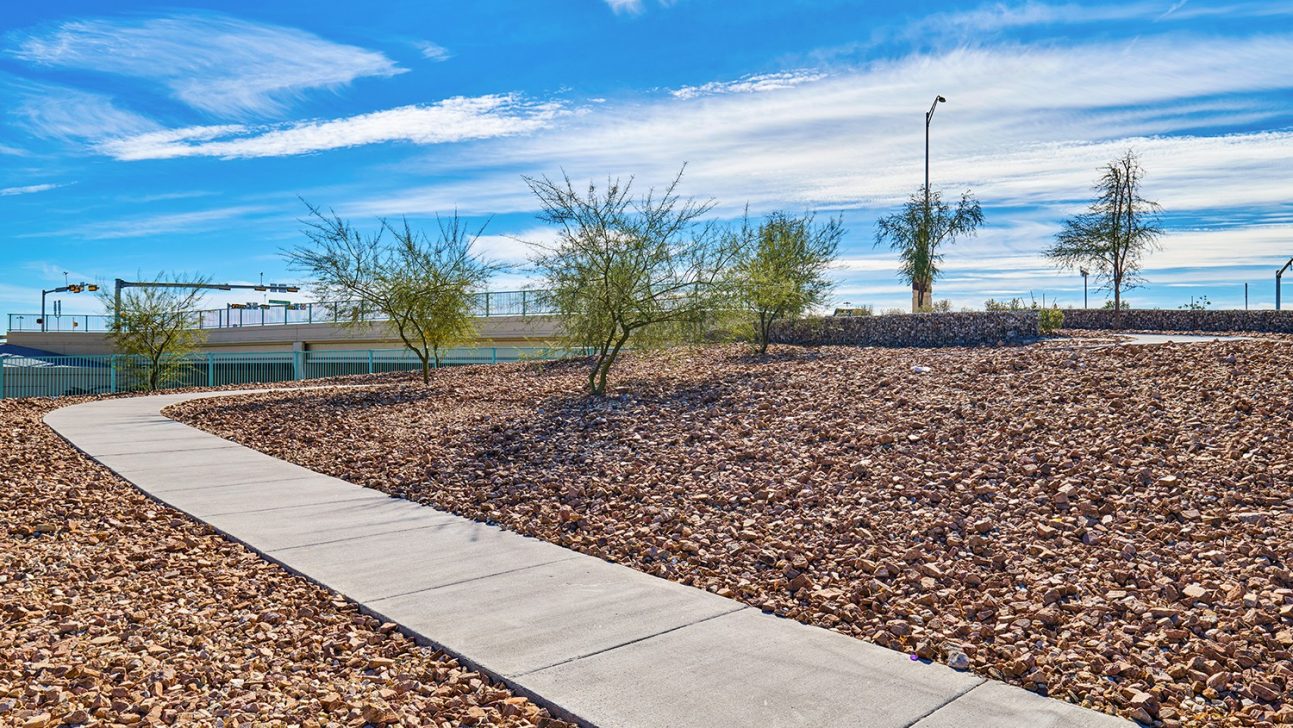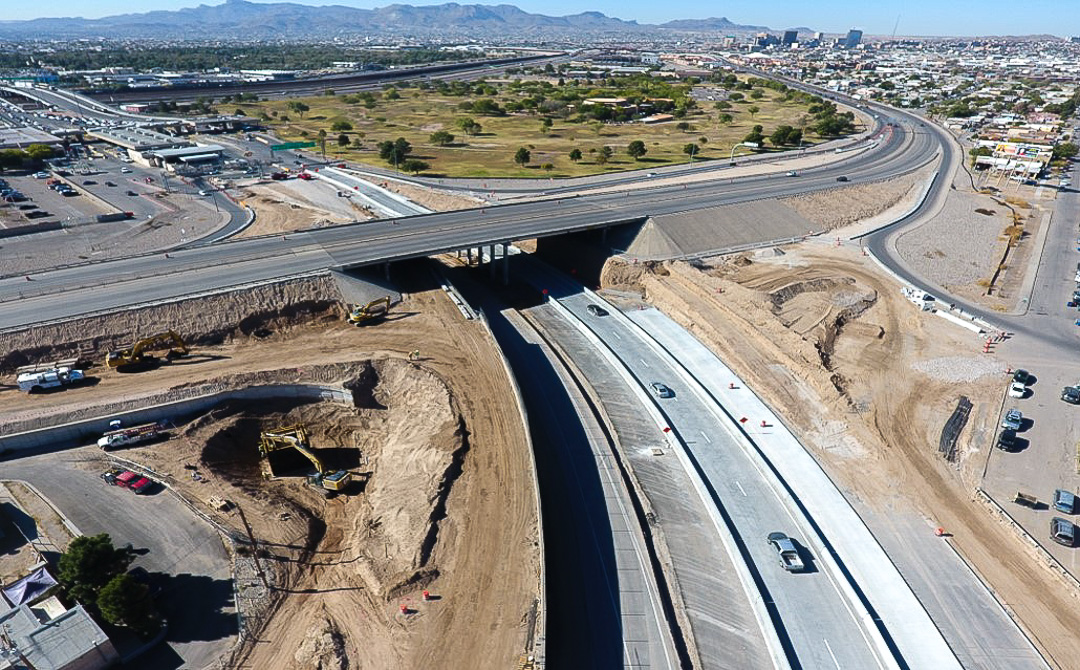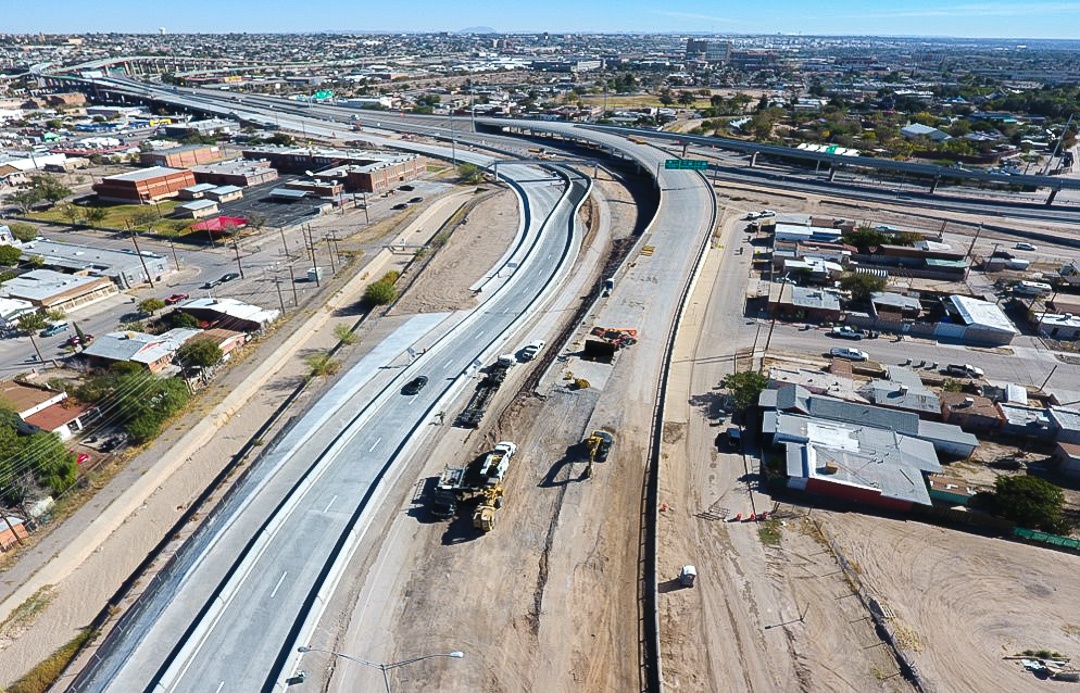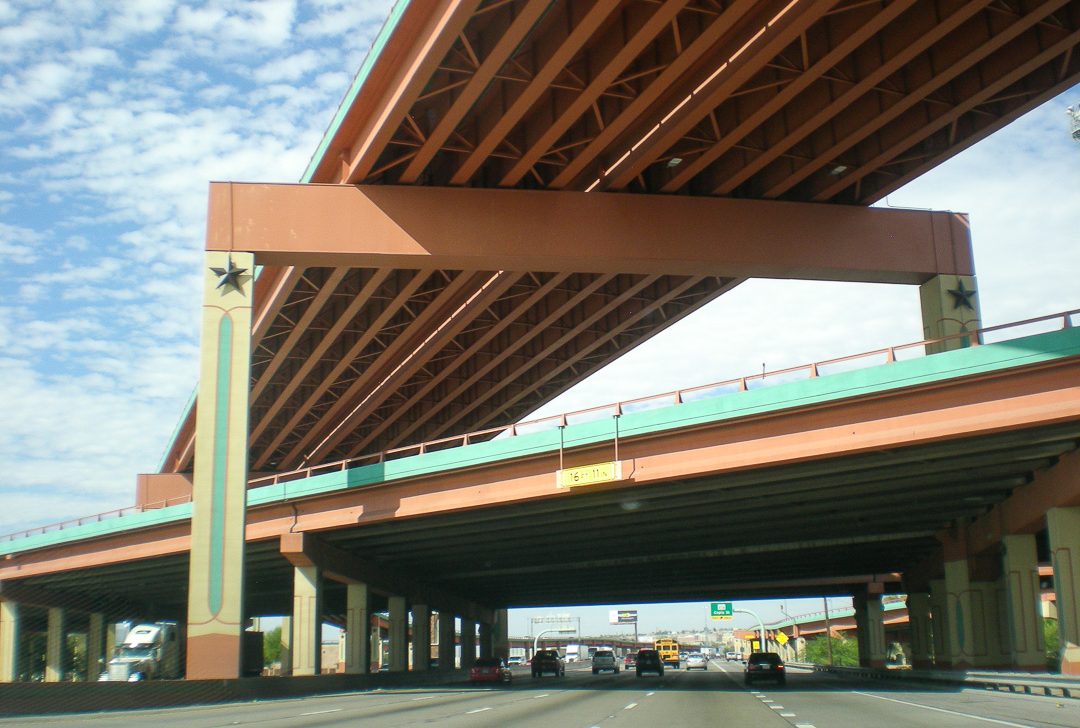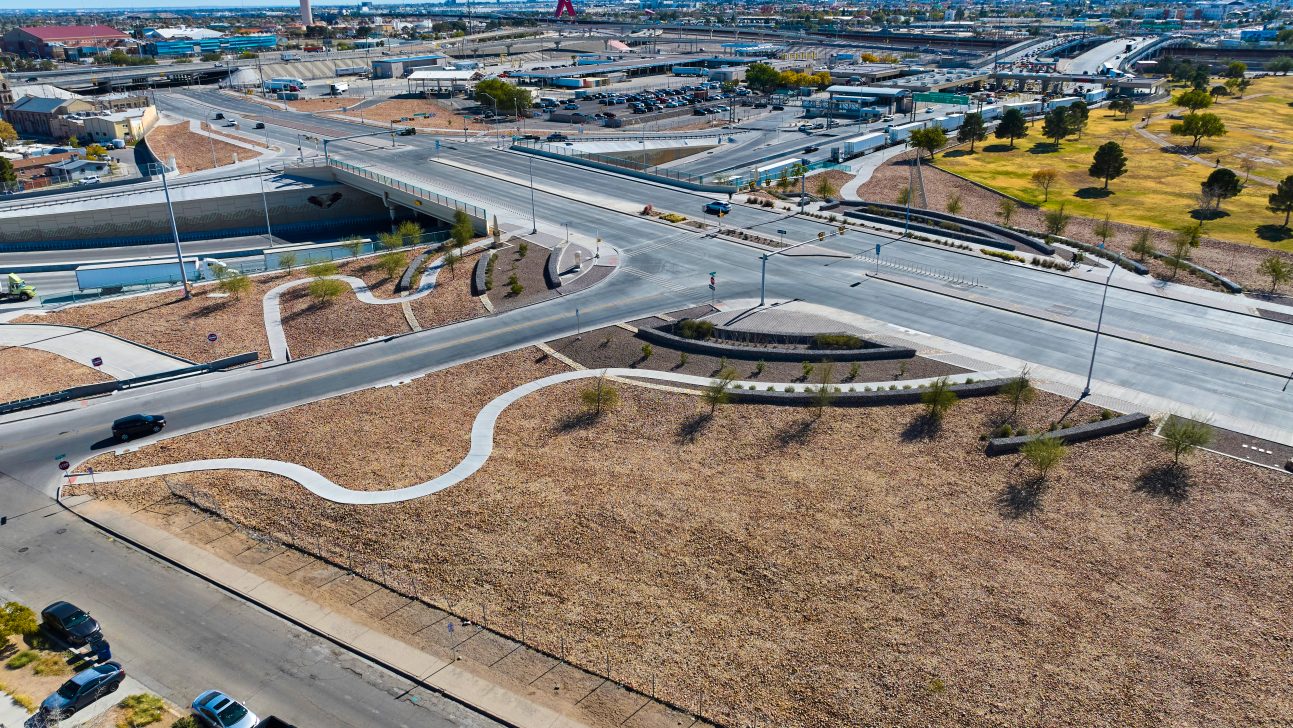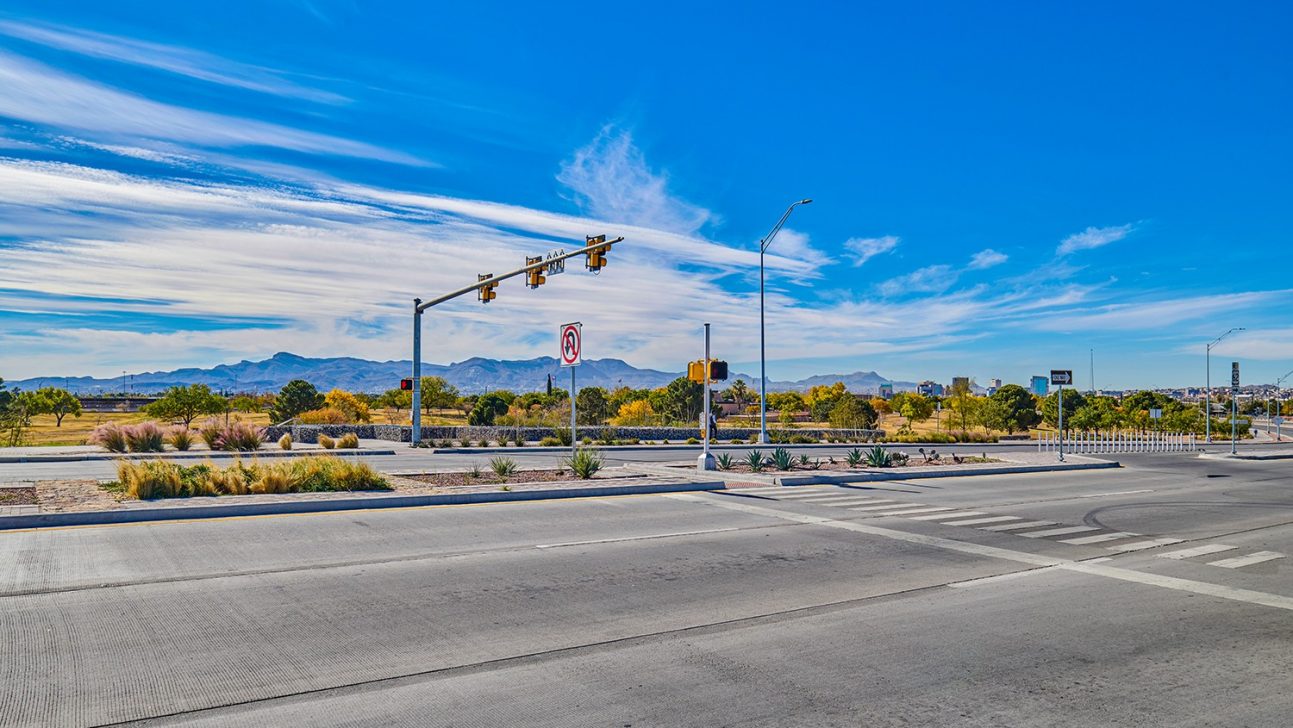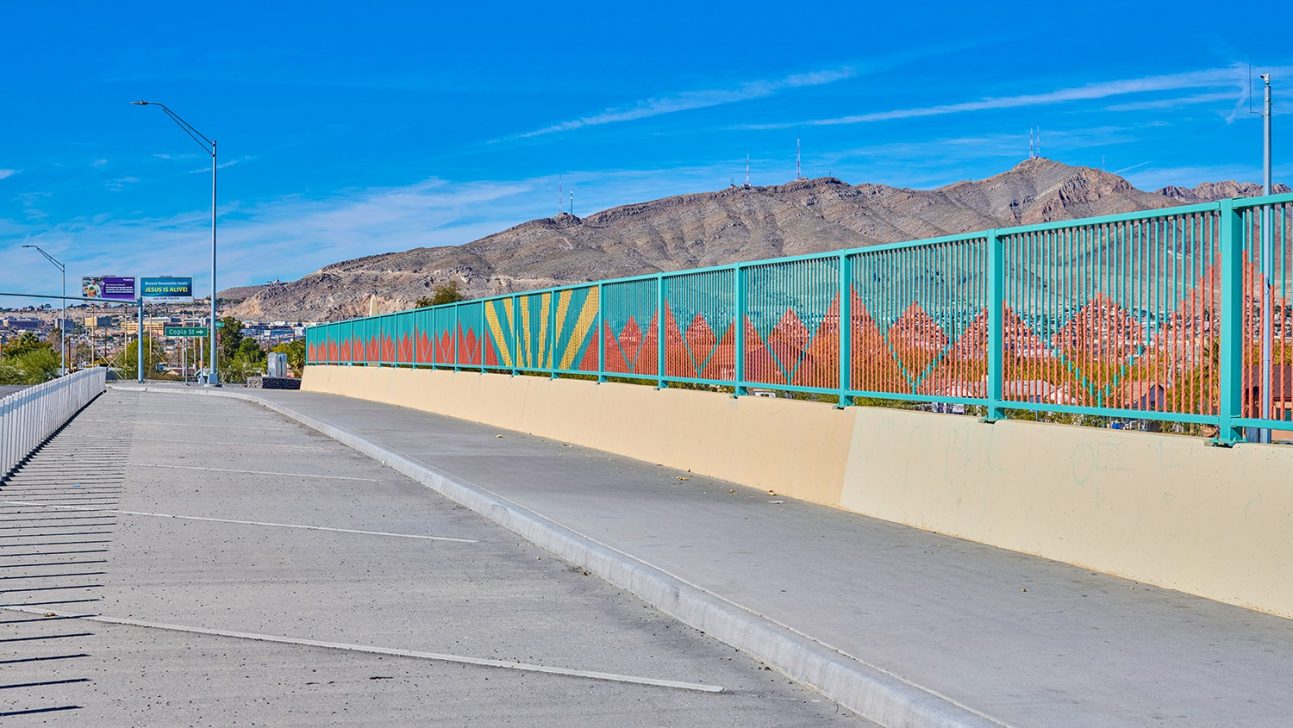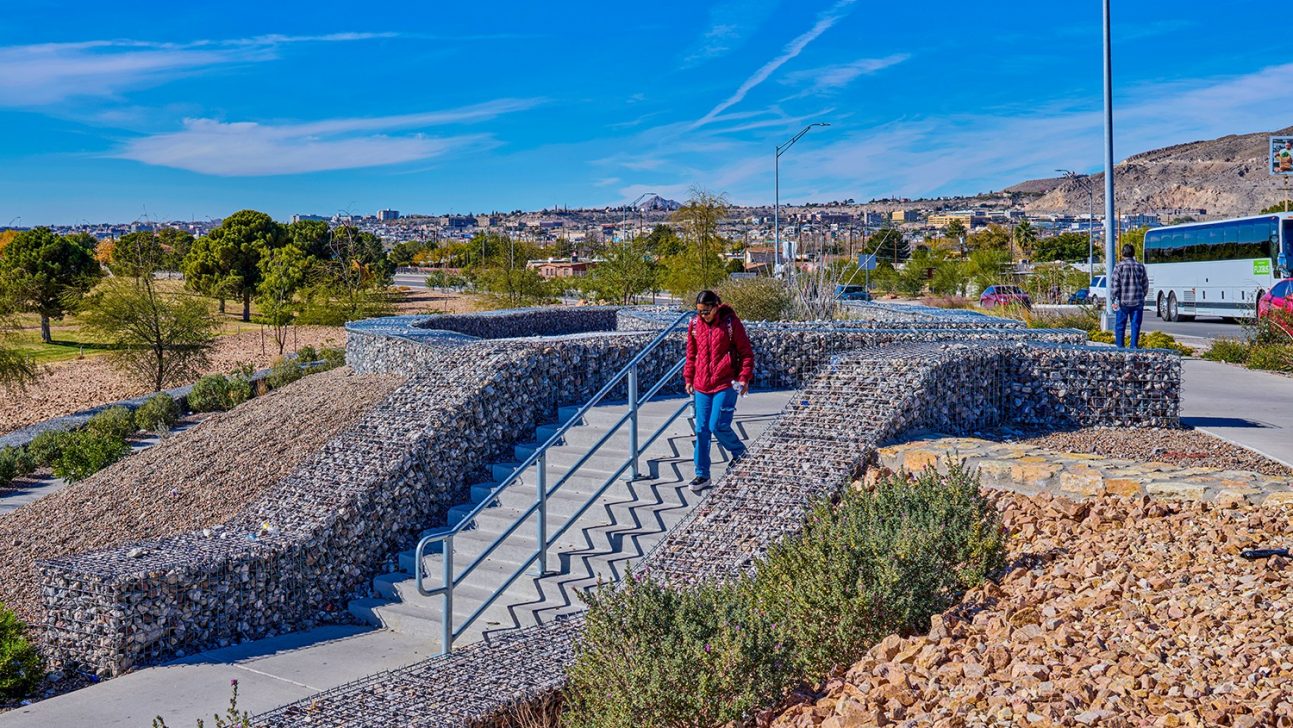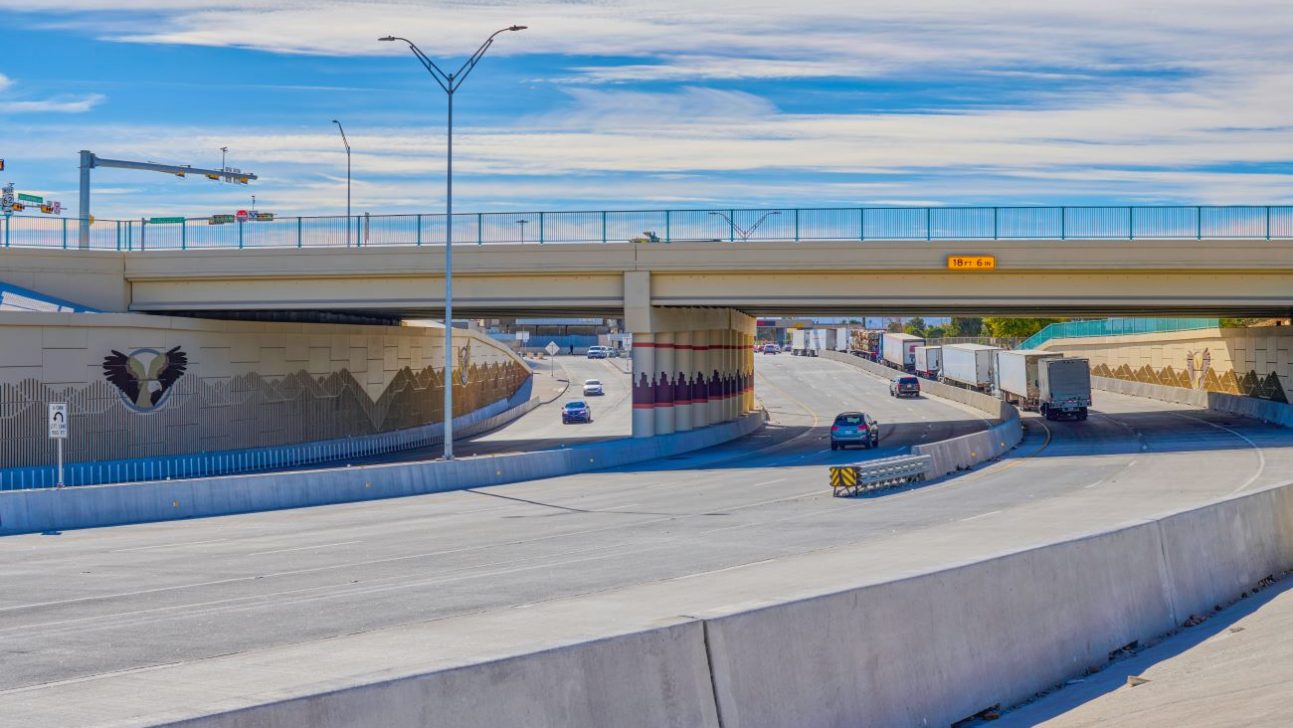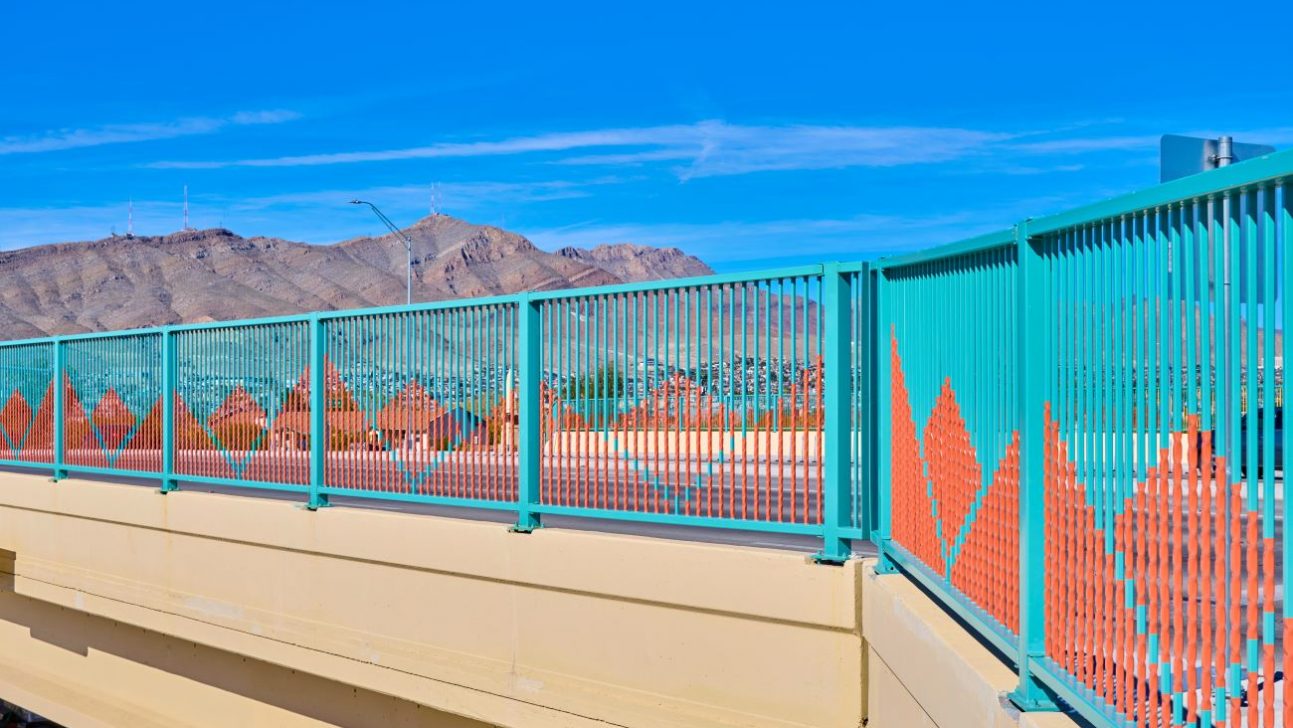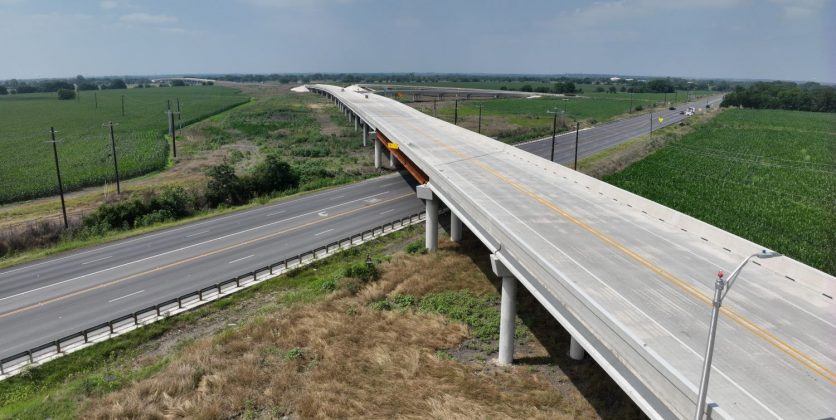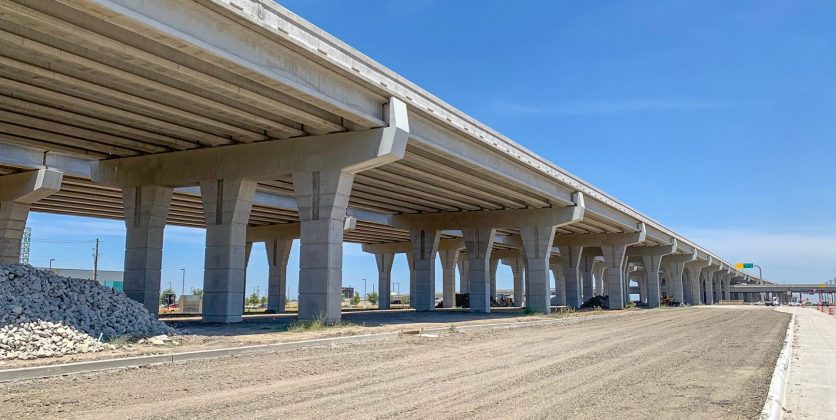Our Goal
The I-10 Connect project delivers significant improvements to vehicular and pedestrian circulation, enhancing access to the Bridge of the Americas Port of Entry at the US-Mexico border.
Our bridge design focused on redirecting commercial traffic away from nearby neighborhoods, ensuring a more efficient route for truckers traveling between I-10 and the international bridge. By streamlining traffic flow and reducing congestion on local streets, this project improves safety and mobility for all users.
Additionally, our Landscape Architecture team designed a network of wide pedestrian pathways, xeriscape plantings, and safety lighting, creating a functional and sustainable environment that will support traffic demands for years to come.
The LJA Roadmap
For this project, we took a holistic approach, carefully balancing the needs of the community, the client, and the surrounding environment. The design required crossing the same set of railroad tracks four times with four separate bridges, presenting coordination challenges with rail authorities. Additionally, we worked closely with a nearby zoo, implementing construction restrictions to minimize disruption to the staff and animals.
Interchange Improvements
Originally constructed in the 1950s and ’60s, the existing structures required extensive updates to meet modern standards. The project included 9 new bridges, 5 widenings, 1 phased replacement, and 1 reconstruction.
LJA’s Bridge Design team led the complex redesign of the historic “Spaghetti Bowl” in El Paso, a major interchange connecting I-10, U.S. 54, and I-110. The project converted a three-level interchange into a more efficient two-level interchange while navigating a tight urban corridor that includes the Lincoln Historic District, UPRR tracks, Franklin Canal, and proximity to the El Paso Zoo.
Our team conducted a thorough review of existing conditions, performed constructability analyses, using a 3D model developed by our subconsultant to guide each stage of the construction process. We optimized span lengths and girder types to ensure structural efficiency while minimizing disruptions to traffic and nearby communities. Safety, for both the public and workers, remained a top priority throughout design and planning. The $91.2 M contractor’s estimate was 5.6% less than our engineer’s estimate of $96.5 M for this project.
Landscape Architecture Roadmap
Simultaneously, our Landscape Architecture team aimed to give the areas leading to the border a new identity, enhancing safety and access for pedestrians and vehicles. Connections to the El Paso Zoo, Botanical Gardens, Chamizal National Memorial Park, and nearby schools and parks were all considered. Wider and more separated pathways were constructed throughout the corridor contrasting the former five-foot width sidewalks which were placed immediately at the back of curb along the busy streets and intersections.
What We Offered
- Bridge Design
- Landscape Architecture
Creating Connections
The Golden Eagle and the Bald Eagle were illustrated into murals on walls leading up to the border crossing with mountain inspired patterns that can be seen by vehicular travelers as they enter and exit the border crossing.
These murals symbolize the connection between the two cities and nations along the historic trade route, El Paso del Norte Obelisks which once delineated the border between the two nations were also used as a new symbol of connectivity, guiding pedestrians to the border and acting as a marker for those traveling through the new gateway.
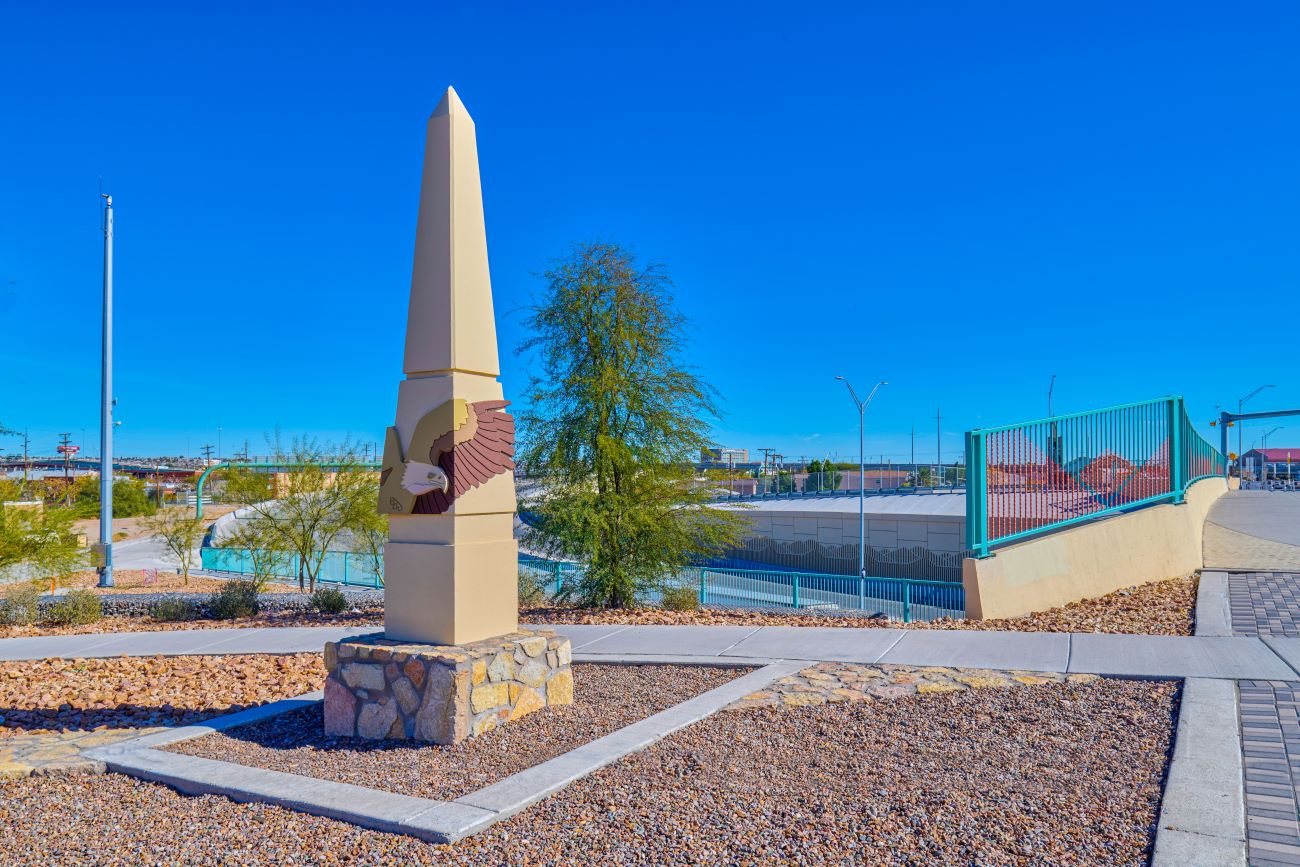
Preserving History, Inspiring Art
A key directive from the client was to preserve as many existing bridge columns in the Lincoln Area as possible, which we successfully achieved. We designed simple, flat-surface structures for the necessary new columns, providing a blank canvas for the community to create murals and continue the area’s tradition of artistic expression.
